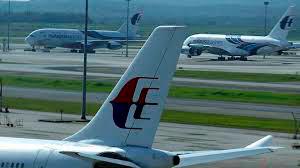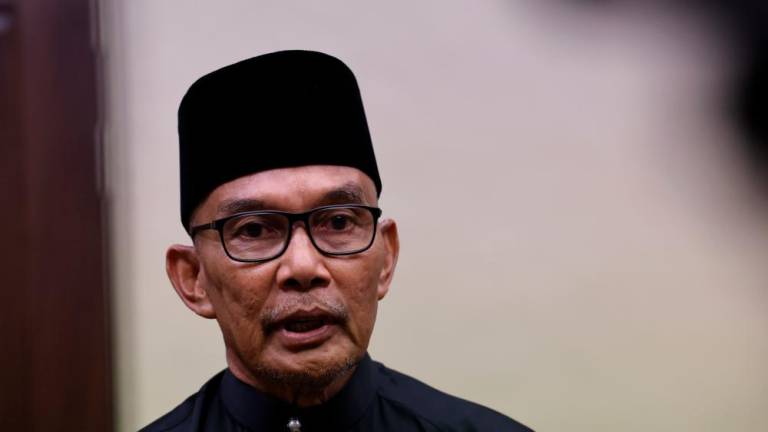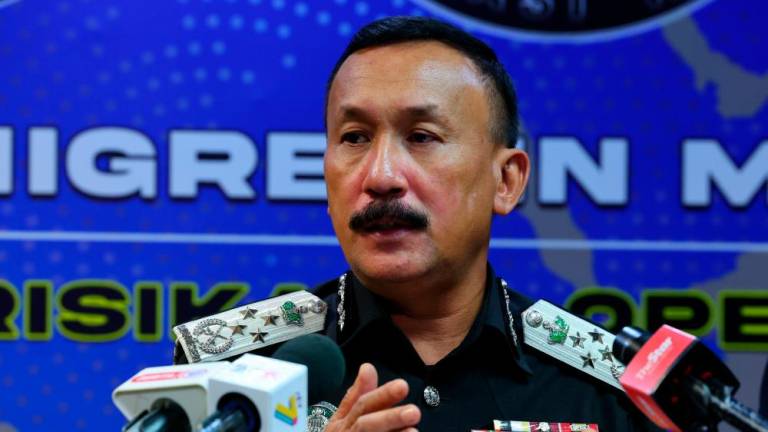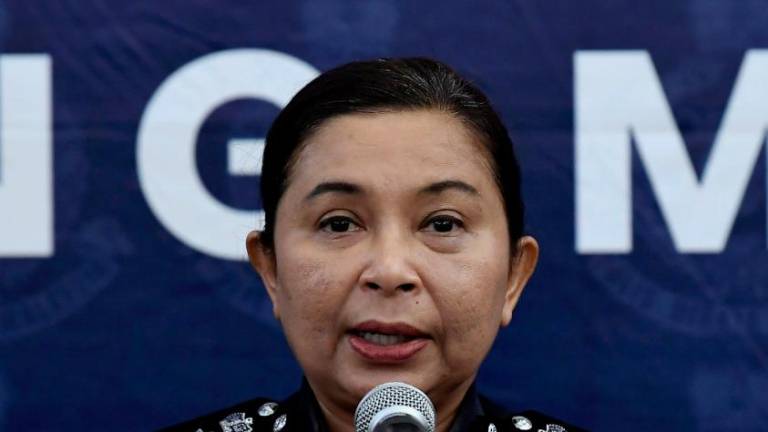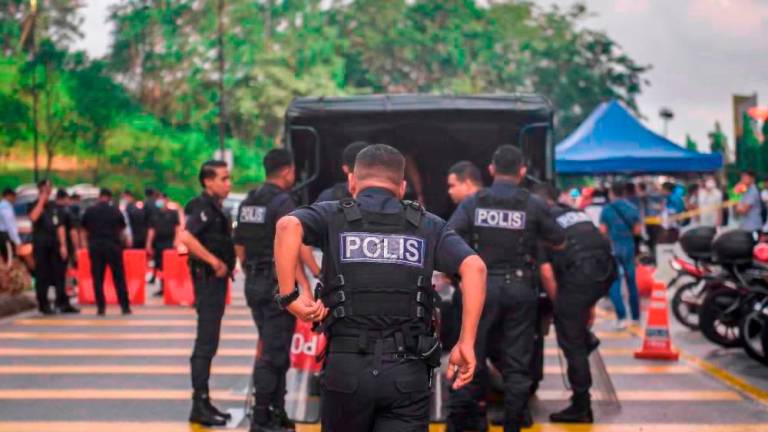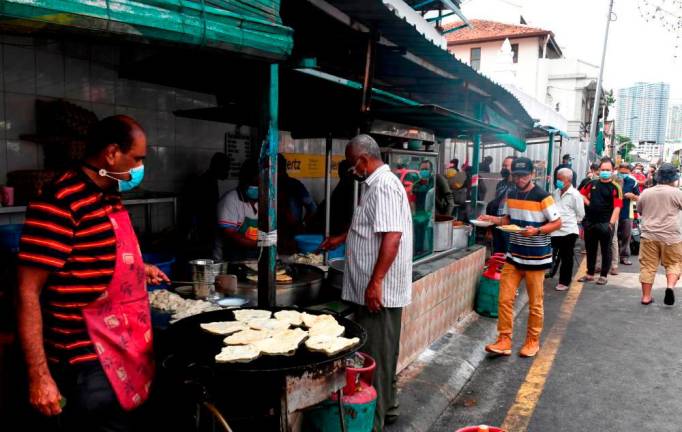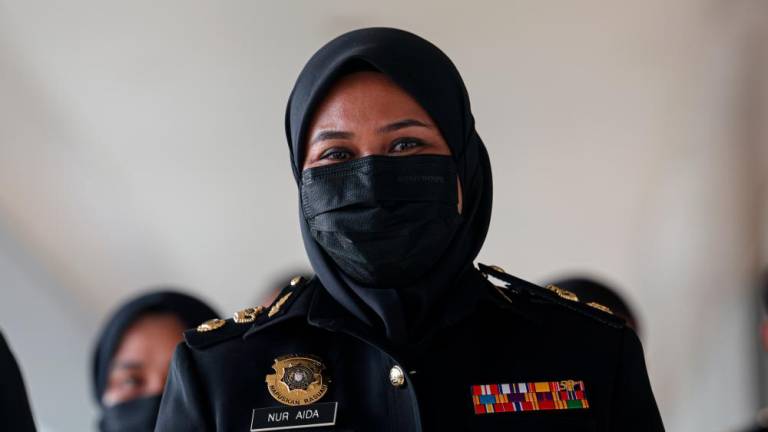FOUR days ago (March 8) marked the seventh anniversary of Malaysia Airlines Flight MH370’s disappearance in 2014.
However, that was not the first major air crash involving the national carrier since it commenced operations in 1972, then known as Malaysian Airline System (MAS).
After MH370, just four months later in July 2014, the world was rocked again by news of another Malaysia Airlines flight falling from the skies. Flight MH17 was shot down by a missile over eastern Ukraine. It was the airlines’ second air crash that resulted from foul play, or by criminal elements.
MAS suffered its first air disaster on Dec 4, 1977 when its Boeing 737-200 airliner was hijacked during a domestic flight.
Flight MH653, with pilots Capt G. K. Ganjoor and First Officer Kamarulzaman Jalil behind the controls, took off from the Penang International Airport at about 7.20pm and was to arrive at the Subang International Airport, now known as the Sultan Abdul Aziz Shah Airport, in about 40 minutes.
There were 93 passengers and seven crew on board, comprising 73 Malaysians and the rest foreigners.
There were VIPs on board, namely Malaysian Agricultural minister Datuk Ali Ahmad, Public Works Department head Datuk Mahfuz Khalid and Cuban ambassador to Japan, Mario Garcia Inchaustegui.
About 30 minutes into the flight, the pilots began the descent. As the flight approached the runway at Subang Airport, chaos broke out in the cockpit.
Unidentified hijackers had barged into the cockpit and held up the pilots, who managed to radio air traffic controllers to alert them of the intrusion. The plane then started to ascend and minutes later, a pilot radioed that the plane was heading to Singapore. Twenty minutes later, all communications were lost.
At about 8.40pm, authorities received news of an aircraft crash at Kampung Ladang in Tanjung Kupang, Johor. It was flight MH653, and all 100 onboard were killed.
The carnage left body parts strewn or caught in the wreckage over a vast area.
Villagers living in the vicinity told authorities that explosions were heard before the aircraft crashed to the ground.
Later, it was heard from the recovered cockpit voice recorder (CVR) that Ganjoor and his co-pilot had told the hijackers that the airliner had fuel for only another hour, which was insufficient for the journey to Singapore.
The CVR recorded the pilots pleading for their lives before gunshots rang out.
It was concluded that the hijackers carried firearms and had shot dead both pilots, leaving the aircraft unmanned.
As none of the bodies were recovered intact and identifiable, the remains of the dead were interred in a mass burial and the Tanjung Kupang Memorial Park was erected.
Until this day, the identity of the hijackers are unknown although there are unsubstantiated claims that it could have been the work of Cuban terrorists, members of the Japanese Red Army or even an armed bodyguard, who had accompanied Ali on the flight.



